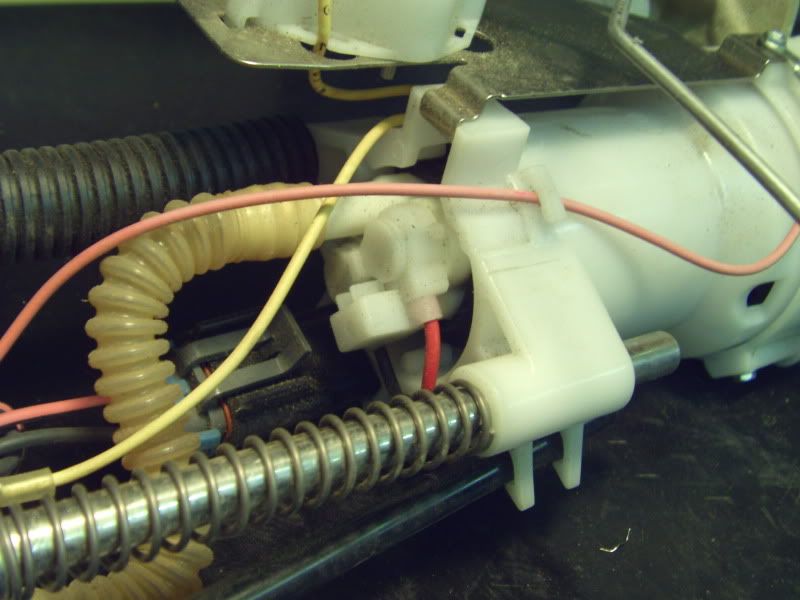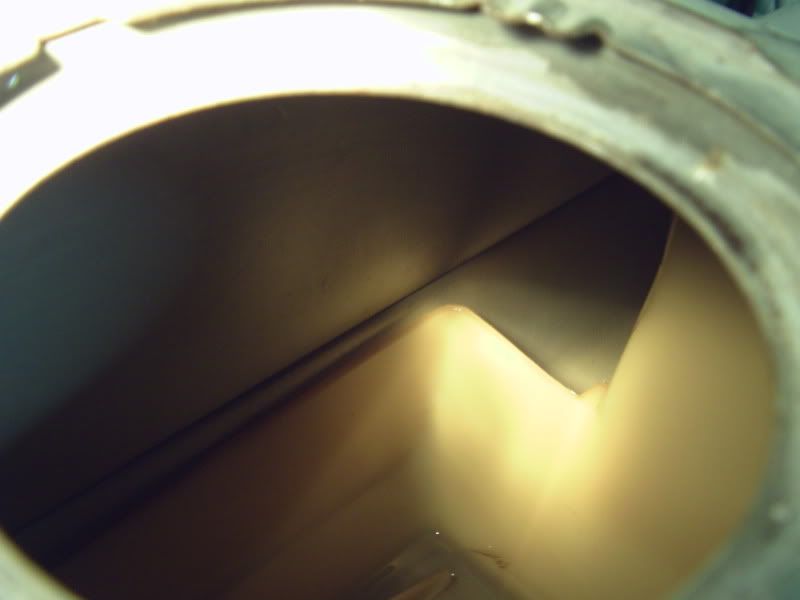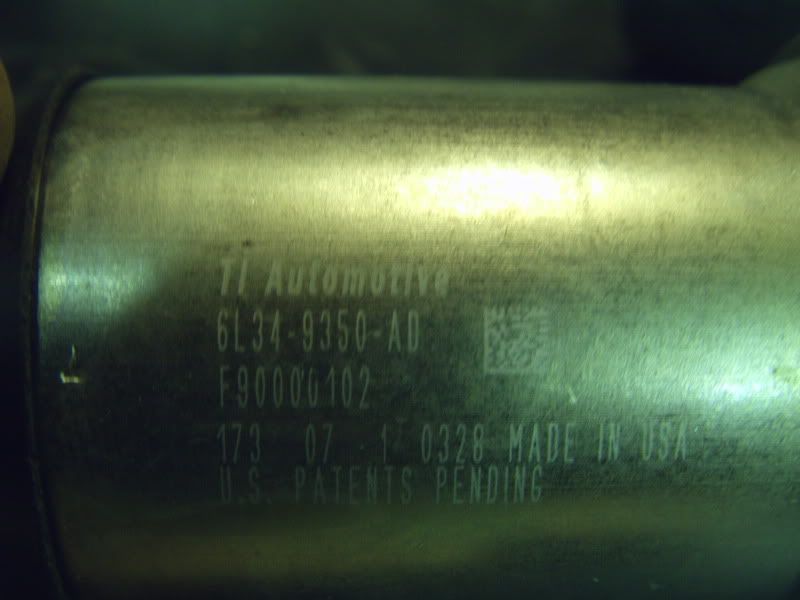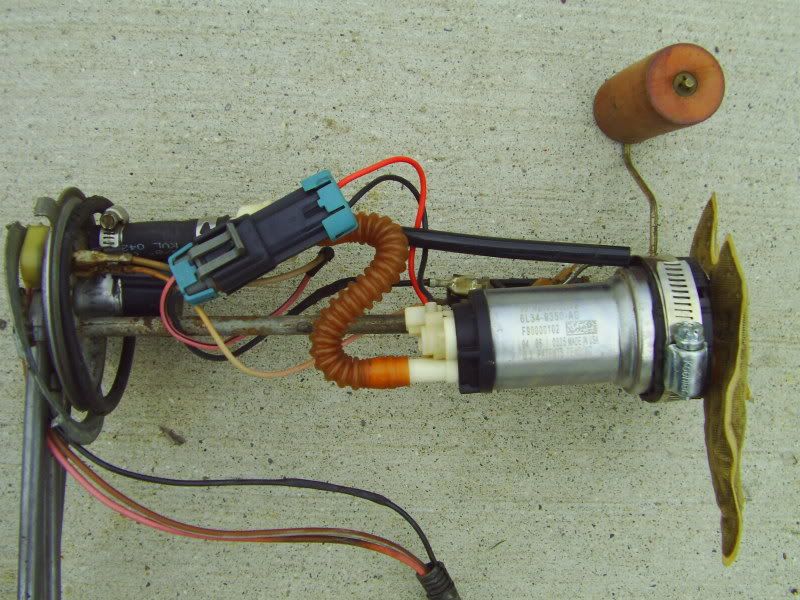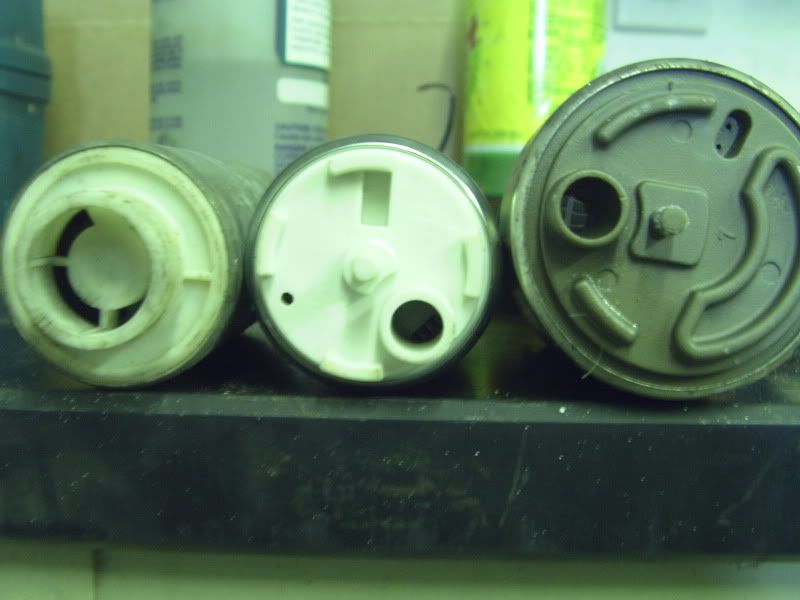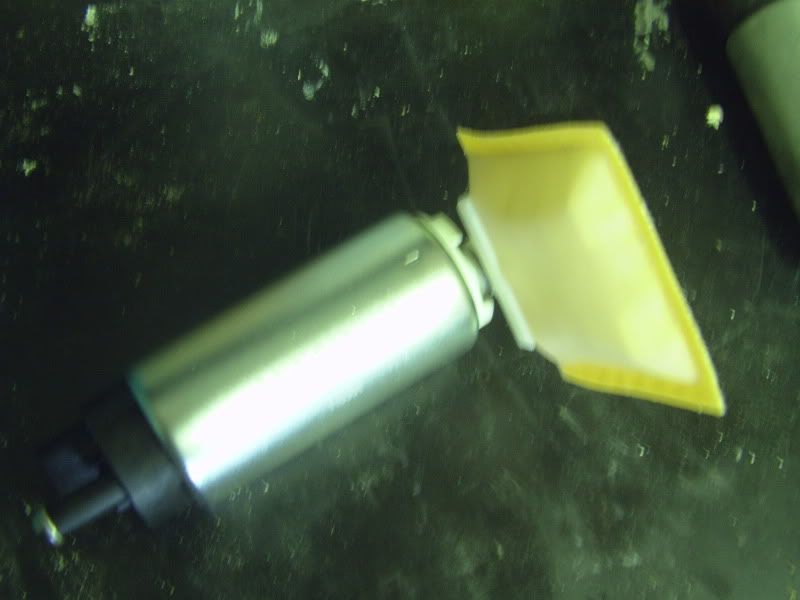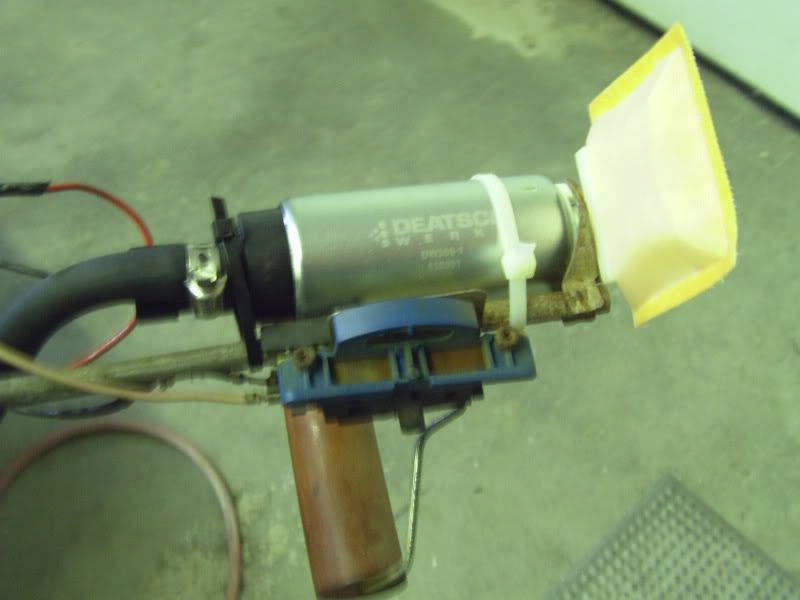| | | quote | Originally posted by Justinbart:
um idk, its always looked like that??? It just rubs off with my fingers... I'm not really concerned about it. Before I got the car it did sit for about 6 years, the gas was pretty nasty in it. |
|
Hey, thanks for the response. The reason why I asked was because of this... A few years ago when E85 first came to my area, I figured I would like to try it. Before I did, I did some research and learned that ethanol wasn't supposed to be compatible with many of the materials used in our stock Fiero fuel systems. However, I found just as many websites that said there would be no problems. So I guess you could say the online research was inconclusive.
So I decided I would give it a shot. But before I did, I pulled my tank and took the sending unit out and inspected everything. My tank and sending unit were like brand new inside. No rust, no buildup, varnish, corrosion; nothing. So I put everything together and started using E85. After about a summer's worth of E85 use, I pulled the tank again to have a look inside. I did not find anything inside the tank at all (certainly not the debris laying in the bottom of the tank like the OP found in his) and the inside metal surface of the tank that I could see looked just as clean as it did before. But my sending unit looked like it was starting to turn black. It had that look like something that you would see inside of an exhaust pipe -- like there was carbon on it. It wasn't a heavy build-up, like a carboned up exhaust pipe, but rather just a light haze of deep black looking covering on the entire exposed metal surface of the sending unit. I did a little digging and determined this was probably some form of corrosion caused by the ethanol eating at the uncoated mild steel metal the sending unit was made of. Also, the fuel pump I was using was a Walbro 304 unit which looked like corrosion was starting to eat away of its outer casing. Concerned with this, I contacted Walbro and they informed me that their pumps were NOT designed to be used with ethanol (E85) fuels and it probably wouldn't last long if I continued using it with E85 fuel. I also called the aftermarket company who manufactured the 42lb injectors I was using at the time and they gave me a similar answer as Walbro.
In my searching for answers, I ran across these test results found by the Aussie's using only E20 fuel:
http://www.environment.gov....0-hours-vehicles.pdfSince that summer, I have not used E85 fuel due to what it did to my own sending unit and also taking into account the advice I got from Walbro and the injector manufacturer. I don't know if what happened to my sending unit was the result of some additive that was in the E85 fuel or the ethanol itself, but I didn't want to risk trashing my entire fuel system just so I could save a few dollars and run E85 fuel.
Today if you search the net, you will find an overwhelming number of websites that claim E85 can be used in any vehicle with EFI manufactured from the early 80's and on. But most of these websites seem to be bias in favor of E85 so I must question their claims. I find it hard to believe that if standard EFI fuel system components (such as those found in our cars – mild steel, rubber, aluminum, etc) are indeed not harmed by E85 fuel, that GM and other automakers would go to the trouble and expense of making sure everything used in the fuel system of modern E85-compatible cars is made of stainless steel and special plastics.
My advice to you guys running E85 in your Fieros is to keep an eye on ALL of your fuel system components for corrosion and break-down. While not every material in our stock Fiero fuel system seems to be vulnerable to ethanol, I have found and seen some are and all of that debris has to end up somewhere -- either clogging up your fuel filter; or your injector screens, or your fuel pump. In any case, you might want to keep an eye on how the system is functioning at all times; especially if you have a boosted engine. It would not be a good day for your engine if it went lean under boost because something in the fuel system failed or got clogged up from some debris broken loose or generated by the use of E85.
-ryan





















